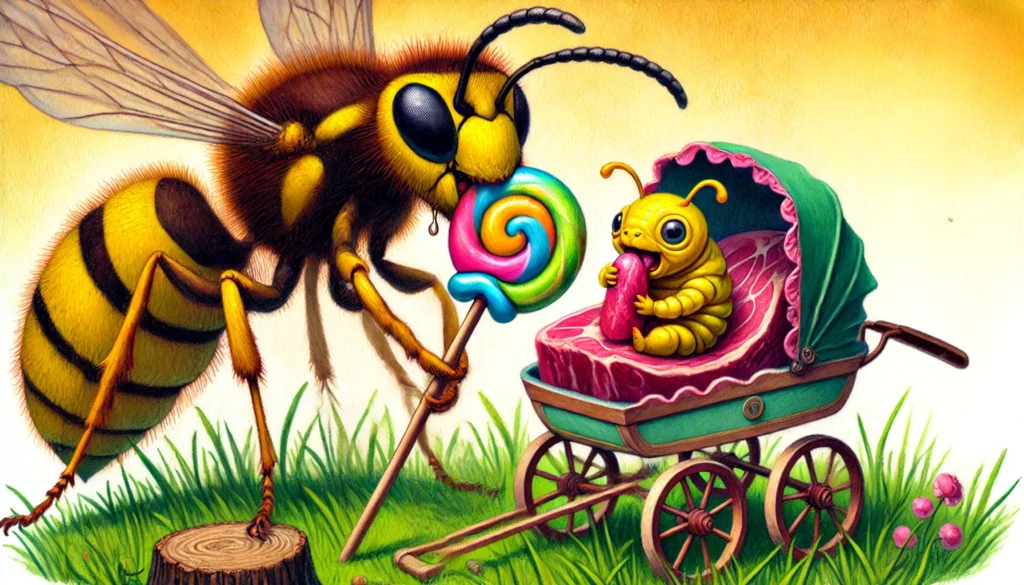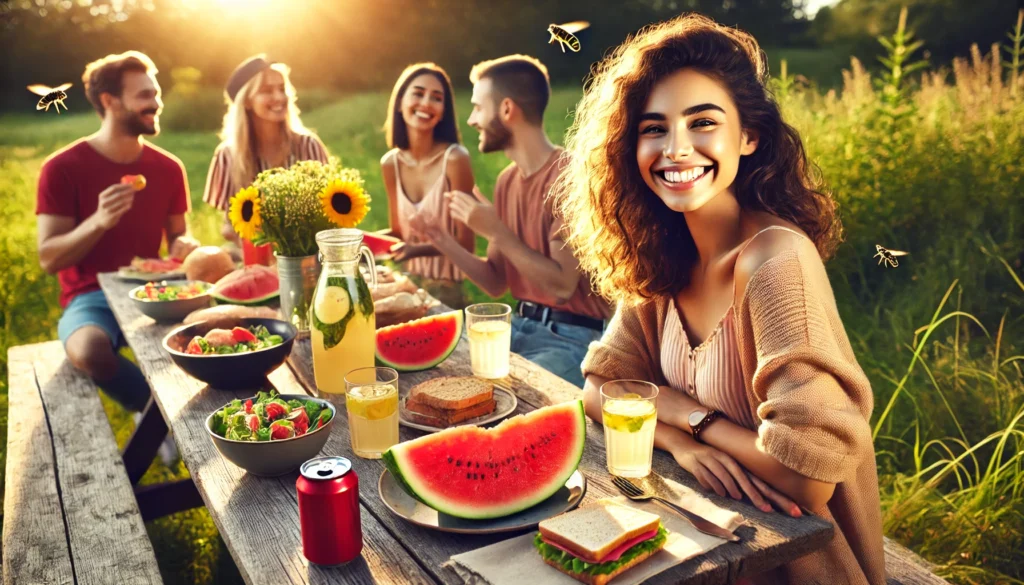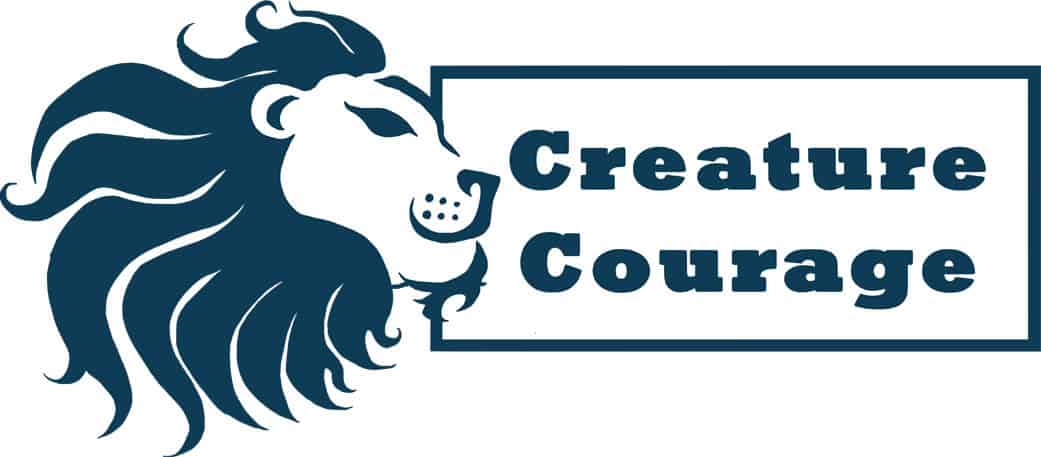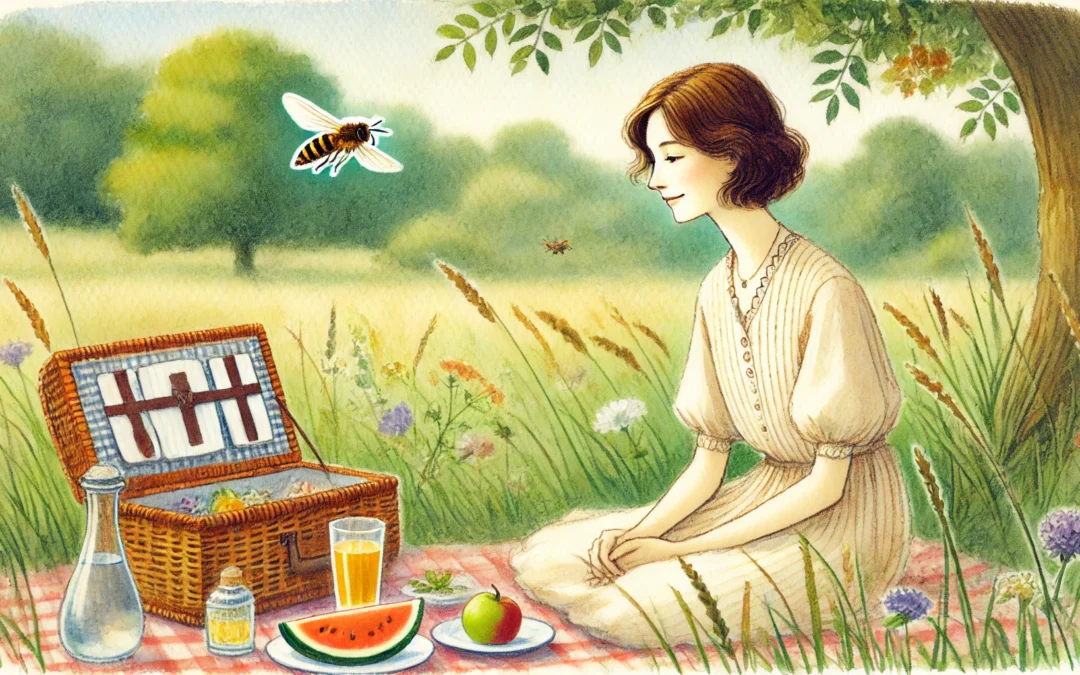Making Friends With Yellow Jackets
Ahhhh, Yellow Jackets. They’re the common wasps with distinctive yellow and black stripes. They are usually the ones disturbing your picnic and trying to drink your fizzy pop. If the mere thought of Yellow Jackets sends you into a panic, you might be dealing with spheksophobia – the fear of wasps. While this is a very common fear, it doesn’t have to control your life or ruin your outdoor experiences.
Overcome Your Wasp Fear and Enjoy the Outdoors Once More
Yellow Jackets have a bad reputation for being aggressive stingers with no chill. Particularly in late summer when they seem to crash every backyard BBQ. But here’s the thing: what if they’re not villains? What if they’re just… tired, hungry, and trying to do their jobs before they die? Sounds dramatic, I know. But stick with me, because once you understand what’s really going on, you might actually feel something like empathy. Before swatting away your uninvited guests, let’s take a quick look at these misunderstood insects and learn how you can live peacefully with them.
Fascinating Facts: More Than Just a Sting
Yellow Jackets: nature’s misunderstood wasps in tiny leather jackets. Yes, they sting, and no, they’re not trying to ruin your picnic on purpose. But despite their bad PR, yellow jackets play a vital role in the ecosystem. Moreover, they’re actually kind of amazing, once you stop swatting long enough to look. Let’s dive into why these buzzing marvels deserve more credit,
Habitat and Behaviour: Neighbours in Disguise
Yellow jackets often build their nests in the ground or inside dark, tucked-away cavities—like wall voids, logs, or old rodent burrows. On one hand, this means they quietly go about their business, completely unnoticed for most of the season. On the other hand, it also means we sometimes stumble upon their nests by accident—while gardening, mowing the lawn, or simply walking nearby—and they react instinctively to defend their home.

It’s easy to see their defensive behaviour as aggression, but from the yellow jackets’ point of view, it’s about survival. These insects have spent their short lives gathering food for their colony, protecting their queen, and raising the next generation. When their nest is disturbed—even unintentionally—they respond out of a deeply programmed sense of urgency. They aren’t angry. They aren’t vengeful. They’re just trying to protect the only world they know.
By understanding their perspective, we can start to shift from fear to empathy. Yellow jackets aren’t lurking in the shadows waiting to attack; they’re simply existing in the same space as us, doing their part for the ecosystem. (Which can be debateable if we are doing the same!) And if we can learn to respect their space, we can reduce conflict and perhaps even find a strange sort of coexistence—with a creature that’s more misunderstood than malicious.
Fascinating Social Structures
Did you know that yellow jackets live in complex social structures? Their colonies can house thousands of individuals and each has a specific role. From workers to queens, these insects operate with impressive coordination. Each yellow jacket colony operates with queen-led hierarchy, intricate division of labour, and an annual life cycle. Workers build paper-like nests from chewed wood fibres, raise young, and protect the colony. Come fall, only the fertilized queens survive to start fresh next season—like a bizarre, nature-approved reboot. Their behaviour offers insight into social evolution, cooperation, and self-sacrifice. Not bad for something the size of a peanut.
Yellow Jackets: Carnivorous Babies, Sugar Craving Adults

To truly understand yellow jackets, we have to start with their life cycle. In spring and early summer, colonies are focused on raising their young. Yellow jacket larvae—aka the baby wasps—don’t eat nectar or sugar. Nope, they need protein. Lots of it. That’s why adult workers spend their days hunting insects, caterpillars, spiders, and even scavenging from human trash. They’re basically flying delivery drones for meaty baby food.
Interestingly, the adult yellow jackets don’t eat meat themselves. They survive on sugar – nectar, fruit juice, and other sweet substances. The protein they collect gets chewed up and fed to the larvae, who in turn secrete a sugary liquid the adults drink. It’s a weird and oddly touching form of mutual care. You feed me, I feed you. Teamwork.
Why do Yellow Jackets Sting?
Additionally, they don’t sting you because they’re mean; they only sting because they think you might kill their children with their limited understanding. As a species that tries to protect our own children, I would hope this can be relatable. And lets face it, they are usually not wrong! Humans often destroy wasp’s nests out of fear. Rarely would a human just leave a wasp’s nest if they found one on their property.
Why Yellow Jackets Seem “Aggressive” in Late Summer
As summer fades into fall, the colony’s priorities shift. The queen stops laying eggs, the babies grow up, and there’s no longer a need to hunt protein for the nursery or protect the young either. At this point, the worker wasps are essentially laid off—no babies to feed, no new workers to train, no purpose other than to survive a little longer. They’re evicted from the hive, wandering the world in search of sugar to sustain them until they inevitably die.
This is when they show up at your picnic table or buzzing around your soda can. They’re not attacking you. This is the good news, yellow jackets really don’t sting people at this stage. That is more common in early summer. They’re just desperate, hungry and ultimately dying. Imagine working your whole short life for the hive, only to be tossed out with no severance package and a sugar addiction. That’s not aggression—it’s existential crisis with wings.
Building Compassion for Nature’s Misunderstood Clean-Up Crew

Instead of seeing Yellow Jackets as summer’s unwanted guests, we can reframe our perspective. These insects play a crucial role in the ecosystem all season long, only to end their days scavenging for a last sip of sugar. Recognizing this can help foster empathy. Their presence isn’t an invasion—it’s a natural part of the seasonal cycle, and yes, a little sad when you really think about it.
From a practical standpoint, this also explains why they’re more common and seemingly more intrusive in late summer. Understanding their life cycle can lead to more compassionate responses—like covering your drinks, avoiding swats, and maybe respecting their last sugar-fueled hurrah.
So the next time a yellow jacket zeroes in on your lemonade, try not to panic. It’s not a personal attack—it’s just a tiny creature with a sweet tooth and no retirement plan, doing its best in the final chapter of a short but purpose-driven life.
Yellow Jackets Are Essential Pollinators and Natural Pest Control Agents
While not as famous as honeybees, Yellow Jackets are effective pollinators. As they forage for nectar, they help transfer pollen from plant to plant, supporting the growth of fruits, vegetables, and wildflowers.
Although we only ever consider them as a nuisance, they play a role in controlling harmful insect populations in your garden and parks. They perform critical pest control by feeding on caterpillars, aphids, and other insects that threaten crops. Think of them as tiny, angry gardeners with wings—reducing the need for harmful chemical pesticides. This makes Yellow Jackets unexpected allies to farmers and gardeners alike.
Ecological Balance and Biodiversity: Benefits of Yellow Jackets
Yellow jackets help maintain ecological balance. By preying on other insects, they regulate populations and ensure no single species dominates. This contributes to biodiversity and ecosystem resilience. Without them, you’d see a surge in garden-destroying bugs and a drop in natural pollination. There are many every day produce items we regularly use that are directly affected by Yellow Jackets. Ironically, fewer Yellow Jackets might mean fewer tomatoes which means less pizza! Let that sink in.
How to Deal with Yellow Jackets: Keep Calm and Picnic On
There’s nothing more common or bothersome than a wasp at a picnic. By following these tips you are giving yourself the best chance of enjoying your outdoor feast undisturbed:
- Keep your food covered and keep lids on drinks
- Avoid sweet-smelling perfumes or lotions
- Use sealed rubbish containers, for leftovers too
- Another more friendly option, set a up a distraction plate away from your picnic with something sweet on it like a piece of fruit or honey. It can be an offering and a distraction from your own food.

If you encounter a Yellow Jacket, remain calm. practice slow deep breathing and encourage yourself about your ability to handle this situation and remember positive aspects of wasps. Reassure yourself that you are not in danger. Relax all your muscles and force yourself to smile as it will help you feel calmer.
Ultimately, try your best to ignore it. Of course, leaving the area will take you away from the stress, however rushing around in a panic or frenzy could, potentially, trigger a stress response in the wasp. Additionally, it will only reinforce the fear within your mind. By running away, you are telling the survival part of your brain that there is a real threat, which will only make your fear worse and worse. Moreover, most Yellow Jackets will leave you alone if you leave them alone. Remember, their seemingly aggressive behaviour is often a defensive response to perceived threats and is, certainly, not directed at you personally.
Overcoming the Buzz of Fear
If your fear of Yellow Jackets or wasps is taking over your life and how you want to live it, consider professional help. Many people with this phobia will restrict their lives greatly, especially in the summer. They miss out on picnics and many other outdoor activities. Additionally, even though it might be swelteringly hot, people with a wasp phobia might keep the windows shut all summer. Not a very fun way to live! Many animal phobias can easily be overcome in as little as just one day, so there is no need to continue to compromise your life.
Find Out How to be Free from Your Fear of Wasps in Just One Day

Creature Courage Can Help!
Creature Courage offers a compassionate, science-backed path to conquer your Yellow Jacket or wasp phobia by using a holistic blending of proven psychological methods with a real understanding of your fear.
Additionally, Creature Courage will educate you, helping you understand what wasps are, how they behave, and why your body reacts the way it does. This reframing is crucial: by replacing scary myths with factual knowledge, the sting of irrational fear starts to dull.
To help you face your fear, you will learn relaxation techniques—like deep breathing and meditative exercises—to calm the panic reflex when you encounter or even think about wasps . Once you’re better able to regulate these physical responses, gradual exposure therapy is done to help you train your brain to have a new positive response to Yellow Jackets and other wasps. It’s a safe, step‑by‑step journey toward reducing fear and regaining control.
Together, this mix of CBT-style cognitive restructuring, relaxation training, and carefully guided exposure enables people to not just cope, but to reframe wasps in a more neutral—or even curious—light. Many clients report dramatic improvements in just one day, along with tools that help with future anxieties too .
By approaching your fear with both empathy and evidence-based techniques, Creature Courage doesn’t just help you survive your next summer outing—they set you on course to thrive without being ruled by fear.
At Creature Courage, we specialise in helping people overcome their fear of wasps and other insects, we can help you transform your fear into fascination. Don’t let spheksophobia keep you indoors – contact Creature Courage today and reclaim your summer!



